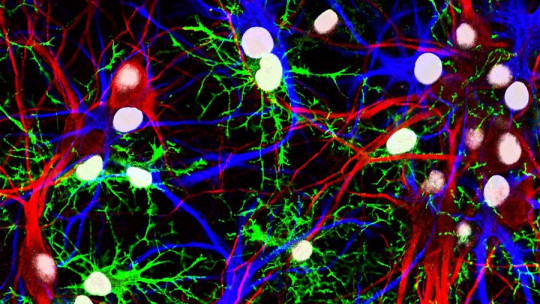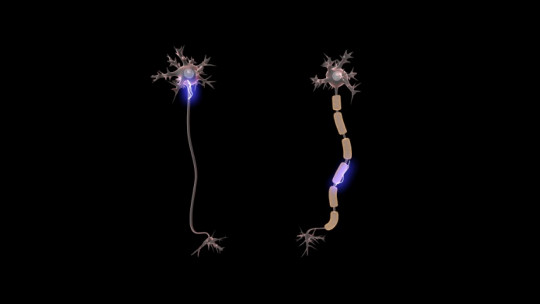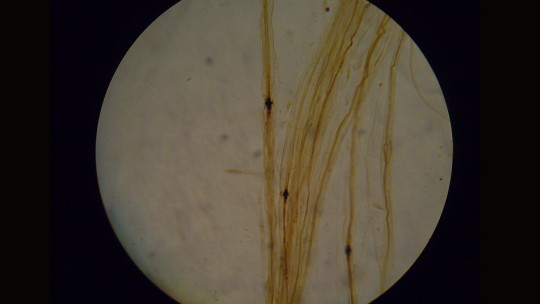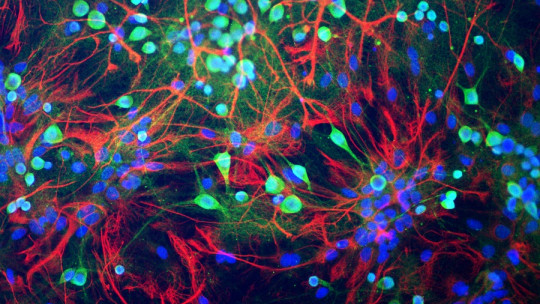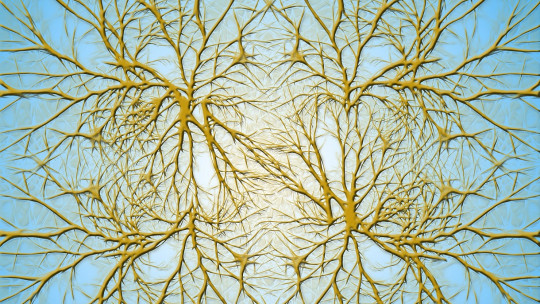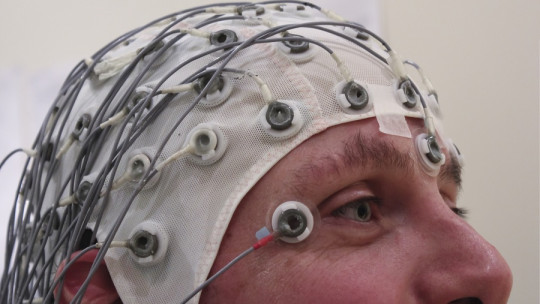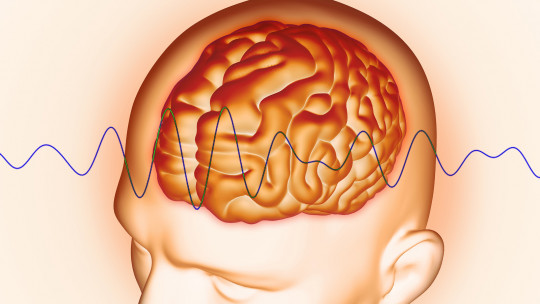Within physiology there are different rules that are always followed and that help us to more easily understand the functioning of the organism.
One of the most famous in relation to the electrical activity of our body is what is known as the law of all or nothing Let’s explore the peculiarities of this standard and its implications.
What is the law of all or nothing and how does it describe neuronal activation?
When we talk about electrical transmission between neurons, and from neurons to muscle fibers, we always refer to action potentials as that small current that transmits information from cell to cell. In this electrical transmission of the action potential two things can happen: that it occurs completely throughout the cell, or that it does not occur, but it will never occur in part. This is what is known as the principle or law of all or nothing.
Therefore, The electric current will travel throughout the neuron, from the dendrites that receive it, to the end of its axon , which in some cases can even measure meters. The other option, according to the law of all or nothing, is that said electrical current is not transmitted at all, since the action potential has not been intense enough to pass from the previous neuron to this one. There is no middle ground for neuronal electrical distribution.
Here the so-called excitability threshold would come into play, and it is that to transmit the nervous impulse a certain amount of current is needed in each case (it will depend on the specific conditions of each case, since it is not always a fixed number). If this excitability threshold is not reached, the all-or-nothing law would be fulfilled and the electrical impulse would not be transmitted to the adjacent cell, therefore ending the electrons’ journey at that moment.
Another characteristic of the all or nothing law is that, If the threshold of excitability is reached and therefore the action potential is transmitted, it will do so by traveling through the entire neuron with a constant intensity , without fluctuations. Hence, either it occurs as a whole, maintaining all its force, or it does not occur, without other possibilities existing.
Associated pathologies: epilepsy
We have seen that the law of all or nothing explains one of the foundations of the electrical activity of our brain The problem is when for various reasons, be it an organic disease, a trauma, a tumor or the effect of an external effect, among other reasons, they generate an imbalance in the functioning of the neuronal electrical circuits.
This would be the case, for example, of epilepsy, a neurological disease that can generate different symptoms both psychologically and physically, from seizures that are triggered by those electrical imbalances that we mentioned in different areas of the brain.
Since this pathology exists and the electrical movement between neurons is governed by the law of all or nothing, action potentials of higher intensity than normal are generated in certain brain areas which excite the cell membrane of the next neuron and therefore transmit the current, contracting muscle fibers and causing spasms, when in other circumstances those action potentials would not have been so high and therefore would not have caused all these symptoms. .
To correct this pathology there are different methods that have been proven effective , one of the most common being the use of pharmacology, with the so-called antiepileptic medications. There are 8 different types, many of them focused on controlling the transmission of various neurotransmitters that would conflict with the electrical activity of the brain.
But the ones that interest us, in terms of the relationship with the law of all or nothing, would be those that are designed to control neuronal electrical impulses. In this sense we find, for example, those compounds whose effect is to block sodium channels (responsible for electrical transmission) of repetitive action. Some of the best-known drugs of this type are oxcarbazepine, carbamazepine or phenytoin, among others.
Another pharmacological way that is used to tackle this problem is to try to block other places of electrical transmission , such as T, N or L type calcium channels. We also find others whose mission is to modulate the activity of the h current, which is activated by hyperpolarization. All of them work along the lines of correcting electrical activity, governed by the law of all or nothing.
Criticisms of the concept from the scientific field
Although when we talk about the law of all or nothing we do so with the certainty that it is a mechanism that works in all cases without leaving any option to chance (it is a law for a reason!), There are some studies that, although they do not criticize that the concept is wrong, because such a thing cannot be stated, they do try to give a more complete vision with certain touches that would modify the original definition.
This is the case of the study by Barco et al., from 2014, carried out at the University of Manizales in Colombia. For these authors, the concept of all-or-nothing law is explained in a partly contradictory way, or at least not in the most adequate way. And to make such a statement they base their study on the electrostatic process that is generated in sodium channels that are activated by action potentials.
The authors of this study carefully explain the entire procedure involved in the action potential and how an electrical imbalance occurs in the membrane when reaching a certain intensity , which drags certain ions into the cytoplasm and triggers the transmission of electricity throughout the cell. Up to this point it is an observable process in which there is little room for discussion.
Where they want to get to is that in the use of the verbal formula, law of all or nothing, they are attributing (always according to the authors) a kind of decision-making capacity by which, according to the conditions of that specific cell, it can whether or not to become excited with the action potential, and on the other hand this is a question that obeys higher rules, specifically those of the electrical mechanisms underlying this entire process.
They also criticize that it is called the all or nothing law, in that the “nothing” part is a non-relevant concept that is not providing any information, since it is not a phenomenon that occurs to its maximum extent or in its minimum (nothing, in this case), but it is a matter that either occurs or does not occur.
Although part of the discussion is focused on lexical issues, what the authors give greater importance to is their concern for the apparent lack of importance that, according to them, is given to the mechanisms of both molecules and the transmission of electricity within the concept of the law of all or nothing.
It must be said that, although there is such a study regarding this issue, the truth is that the all or nothing law formula has not been a cause of conflict beyond this point, since it is an issue studied and accepted globally that, except for these With few exceptions, it is considered that it does not give rise to any type of confusion and that it summarizes in very few words the very clear concept that it intends to express, so we would be talking about very isolated and therefore non-significant criticisms.
In conclusion
We have studied in depth what are the keys to understanding the processes that are unleashed during the transmission of electricity between one neuron and the next (and between other types of cells, such as muscle cells) and the importance of understanding the law of all or nothing to know how the channels (sodium and potassium, the most common) open for this movement of ions of different charge that triggers the electrical passage between cell and cell as long as the necessary voltage has been reached for this.
It is essential to know this rule and all those similar to be clear about one of the most basic mechanisms of the functioning of the nervous system, and the law of all or nothing is undoubtedly one of the most basic, so, if we want to understand what happens in our brain, we have to have it very clear.

